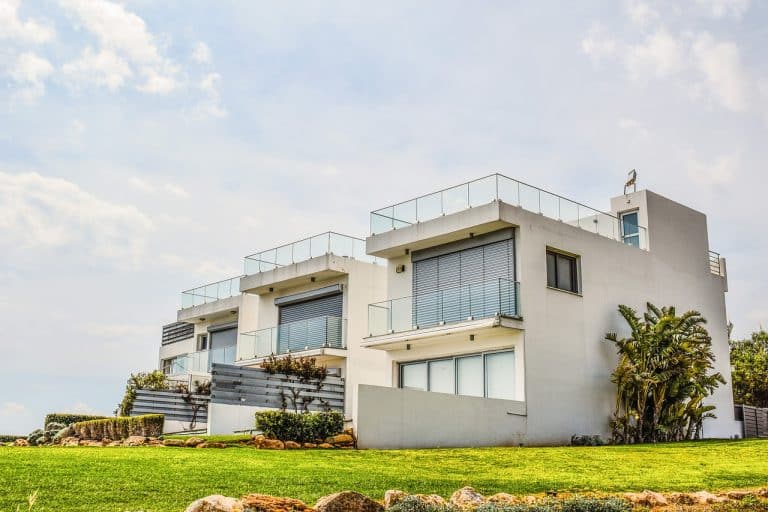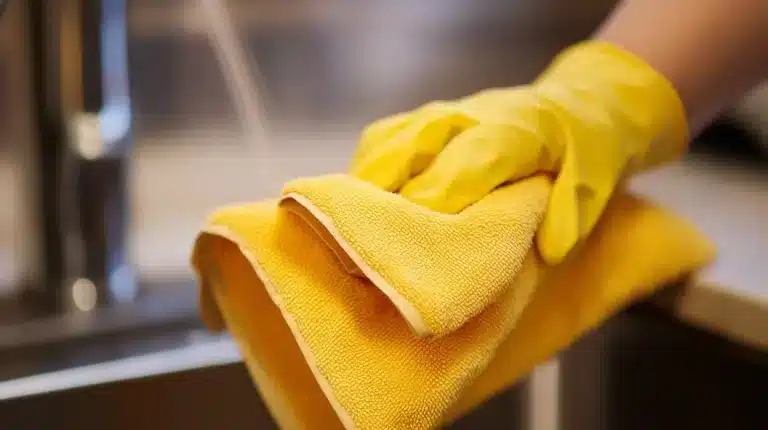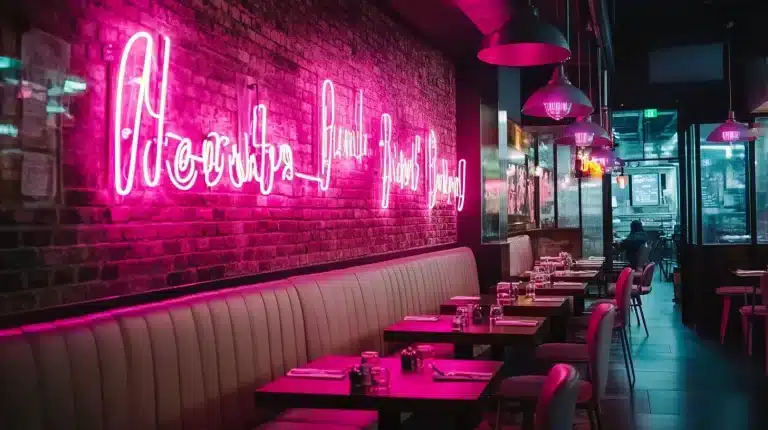One of the more expensive investments of many building owners is the roof. It’s the one protecting the buildings and the tenants, so they have to make sure that there are no leaks. It’s also an important component in helping a business remain profitable, but it can be easy to neglect it, especially when you’re busy running the establishment.
However, once the complaints about the leaks are unaddressed, you might find yourself faced with lawsuits, and this is where you need to take action. Of course, every property owner wants their roofs to last for decades, but the flat ones can often sustain damage over time. Problems can occur, and the facilities manager in Phoenix, Arizona, should see the extent of the damage before making a decision.
If the majority of the roof is still in tip-top shape, some fixes can be enough to seal off some sections. Also, if the damage is located in a central area where most of the employees and renters are, it will be a good idea to replace everything as soon as possible to minimize disruptions.
Different Types of Commercial Roofing Systems
Metal
One of the low-slope options out there is metal and many owners prefer them because of their durability. They can be made from galvanized steel, and they can come in the form of prefabricated sheets. They are resistant to debris that’s picked up by high winds, which can protect the entire building when there are hurricanes. See info about metal roofs when you click here.
Their reflective nature with the sun’s rays will mean that they are energy efficient. Metal can make the home cooler because it reduces the heat absorbed by the roof, and this is going to significantly reduce your bills. Besides, they are environmentally friendly, and they are ideal for property owners who want to reduce their carbon footprint. Versatility in design can also be the reason why they are popular choices.
Thermoplastic Polyolefin
Single-ply options on the market are also available with reinforced scrims for covers. They are manufactured in sheets, and they’ve gained industry acceptance for their ability to reflect the ultraviolet rays of the sun. Most often, they are known for their Class A fire ratings with the Underwriters’ Laboratories, and they also provide excellent insulation.
Approximately, they can last from 15 to 20 years, and near the second-decade mark, this is often the time when the seams can begin to rip apart. It’s best to get inspections if this happens, and the best contractors will often ask questions about the age of the TPO, the number of layers the existing roof has, and where the water comes from.
Ethylene Propylene Diene Monomer
EPDM is known to be an extremely durable synthetic rubber that’s often utilized by buildings that need low slopes. It often has natural gas and oil as its main ingredients namely: propylene and ethylene.
These roofs are available in black and white, and they can be ballasted or adhered to in the roofing system of a property in Phoenix, Arizona. Nowadays, you can find their seams to be tolerant to water, and there are also improvements to angle changes. Nailing strips are now used to hold them, and they are also resistant to punctures.
Uncured EPDM was also introduced in the middle of 1980, and it helped resolve the issues with surface cracks. With the pressure-sensitive features of the EPDM today, the added thickness of a 30-mil cured adhesive has contributed to its durability, and it’s becoming a staple in many buildings today.
Fortunately, you’ll be able to find a contractor who specializes in EPDM in Arizona. With the SW Commercial Roofing Of Phoenix, you can discuss your options with them and see if they can replace your roofs. They can also work with other types as long as you specify what you need from them.
Built-Up Roofing
Oftentimes, the installation of BUR starts with base sheets that are installed over a cover board. They are going to serve as the bottom layer of waterproofing, and they are going to provide a surface that allows easier adherence to asphalt.
A layer of asphalt is applied, and this is followed by ply sheets. Cold-applied solutions are also being used instead of the hot asphalt that’s being mopped into the surface. These processes are repeated until the desired ply is achieved.
There are a lot of benefits to the installation of BUR, and for one, it’s a technology that has already been tested over time. With its history of 100 years, many know that it will work, and it has provided many layers of protection from rainwater.
Also, some installers offer up to 20 years of warranties and guarantees, so there will be no additional expenses on the part of the property owners. With the white-coated sheets, they can also reflect the sun’s rays away from the property, making the temperature more comfortable.
Modified Bitumen Roofing
This hybrid material was introduced in the 1960s, and it’s a more cost-efficient method than BUR. It’s also beginning to be the industry’s favorite, and the combination of reinforced fiberglass and polymerized rubber is making it a suitable roof for various industrial or commercial complexes. They can be weather-resistant and can withstand the harsh climates of Arizona. Get info about bitumen in this URL: https://www.britannica.com/science/bitumen.
Expect them to have a higher tensile strength, and they can be resistant to punctures. Waterproofing is also present with the installation of the multi-ply systems and there are peel-and-stick methods that can often mean savings. There are torch-down techniques that involve heating so that the layers are going to stick to the underlay directly and you can consult with a professional roofer to see which one is right for you.
Selecting the Right Material for the Roof
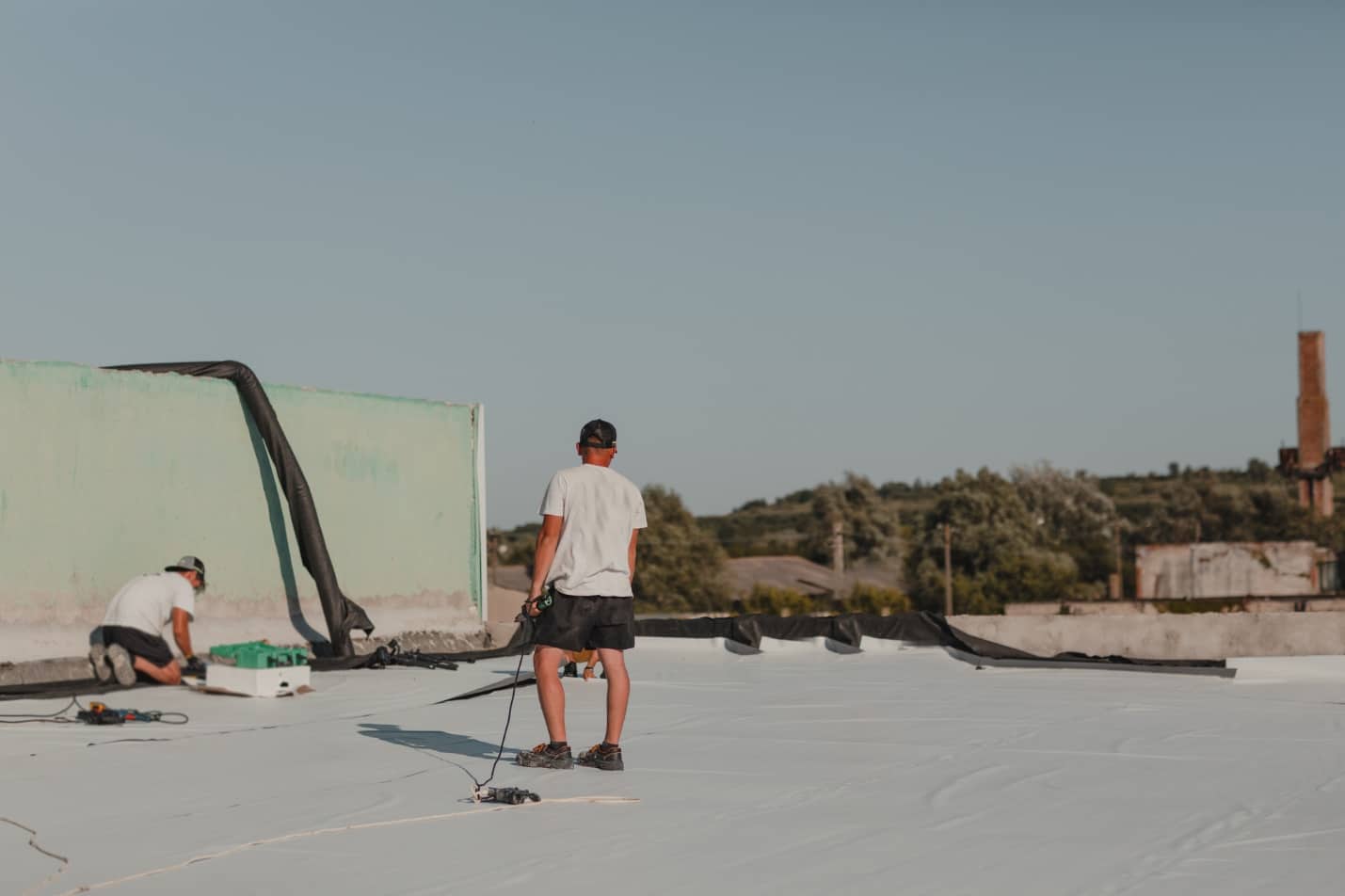
You need to consider the climate in your area and see which ones are going to have the best heat absorption features and choose accordingly. See what others are installing always consult with the professional, and make sure that they can recommend a roof that can withstand strong winds.
The buildings’ designs will also play a role in the type that you’re going to choose. For low-slope or flat options, the EPDM and the TPO are often the best ones while metal tends to be ideal for those who want steeper slopes.
Making sure that there’s an adequate budget for the labor and materials will also factor into a roof replacement project in Phoenix, Arizona. However, there are types that are considered to be low-maintenance, and they can also mean savings for the owners because of the lowered consumption of heating and cooling. Get the balance between quality and affordability so you won’t have to break the bank when you want to replace your roof.
Longevity matters too, and you need to invest in maintenance once in a while. Minimal upkeep should be a priority, and you might also want to have a budget-friendly option that won’t easily leak. If you want something long-lasting, below are some tips that can help you determine if you’re talking to the right people.
Finding the Right Contractors
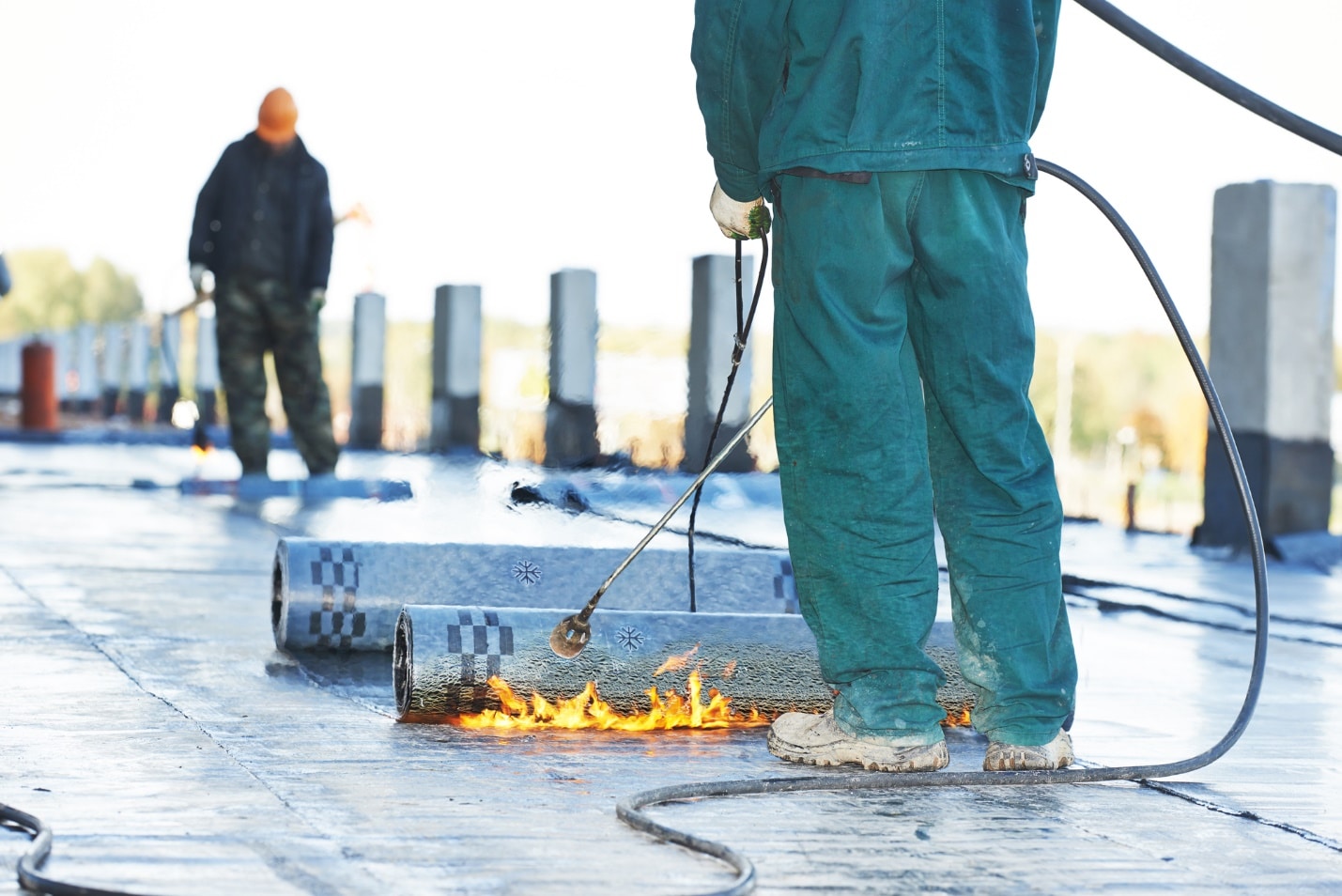
You need to make sure that they are licensed to work in a commercial building because the entire endeavor can become expensive. See if they have insurance and licenses that apply to Arizona, so you know that they are following local building codes. Their work should also pass the industry standards so everyone in the vicinity would be safe.
Decades of experience in commercial roofs also matter because the scope of the project is bigger than the residential projects. Hire contractors who know how EPDM works and ask for their portfolio of previous work that they’ve done. They should also offer insights on how you can proceed with your project without a hitch. Warranties are important, so make sure to ask about their length and the entire coverage. Read the fine print carefully before signing the contract that they’re presenting.
Online reviews matter, and you can determine if they’re going to be professional or not with the quality of their work. Read what others are saying about them on BBB and ask for references if necessary.
Their fees will also matter and expect that you’re going to get different quotes. However, don’t ever sacrifice quality with this, and have a better understanding of what they’re offering. Be wary of the ones that are suspiciously offering a low bid and get the ones that can provide you with premium materials and superb craftsmanship.

